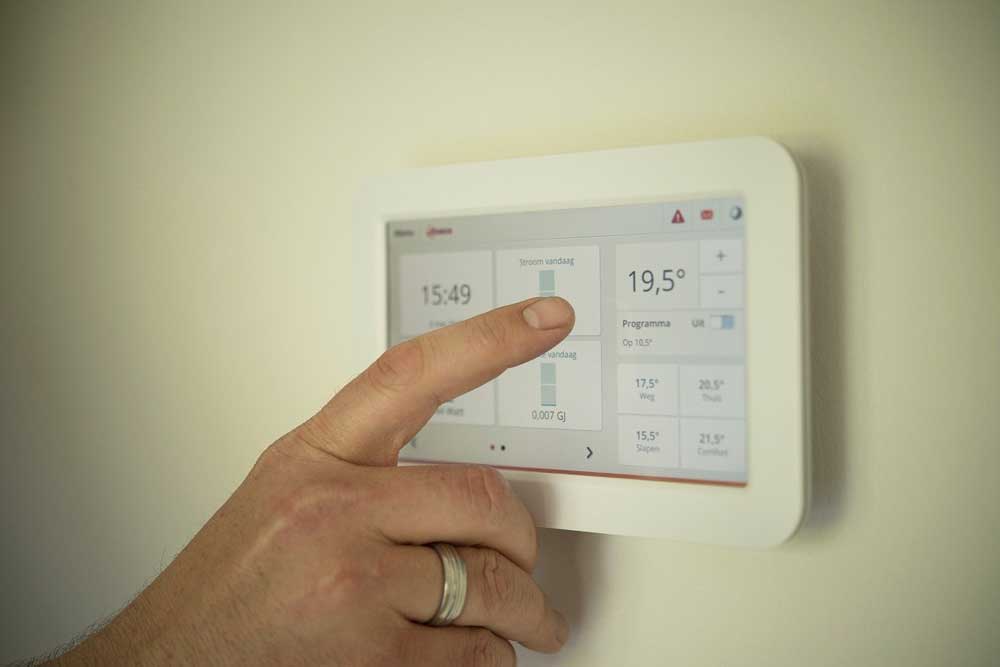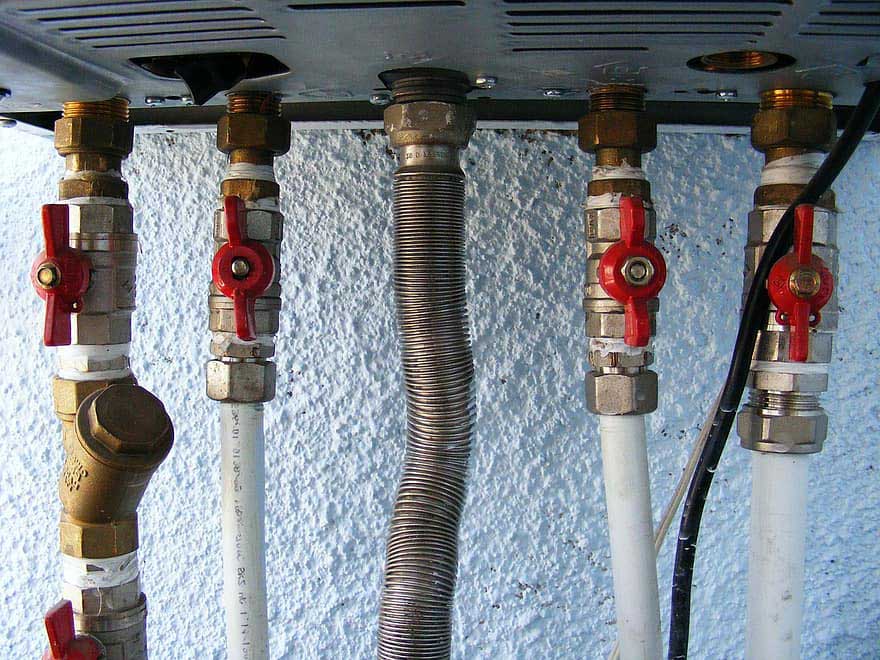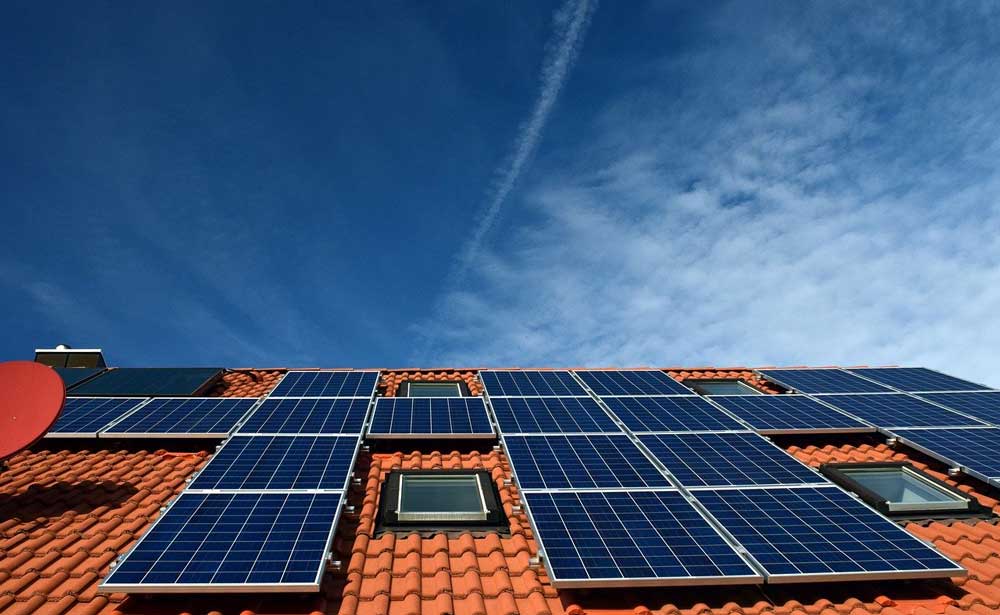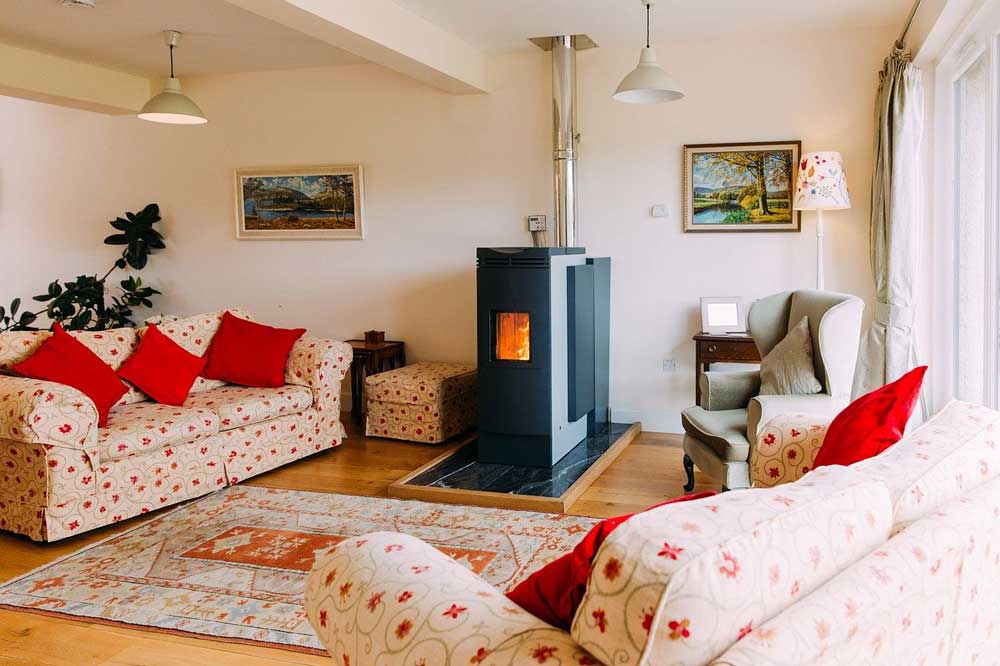
There are no shortage of options when considering the best heating system for your vacation home. For instance, should you choose a traditional central heating system or an alternative system given the unique requirements of your vacation property? What about the heat source itself? Is natural gas the best option or electricity? As you can see, there are a number of factors to be considered when deciding on the best heating system for a vacation home. In this article, we provide an overview of typical heating systems for vacation homes as well as certain aspects to consider.
Initial Considerations
Before choosing a heating system for your vacation home, you should consider the following initial questions:
- How many months do you need to heat your vacation home?
If you own a small cottage and only require heat during the summer or winter months, then perhaps a propane or wood fireplace will be sufficient. In addition to requiring little maintenance, these heating systems respond favorably to freezing temperatures especially if your vacation home is left unoccupied over the winter. Or perhaps you would like a more comprehensive heating solution in which case a high-efficiency and affordable heat pump for both heat and air conditioning may be a better option. In any case, if you’re planning on using your vacation home throughout the year, you will want to explore all heating options available.
- Do you need to heat the whole vacation home or only a portion of it?
The heating requirements for a 3,000 sq ft beach house will differ substantially from a small 800 sq ft cabin. Further, a south-facing room may obtain enough heat from the sun whereas a north facing room in the basement may require additional heat. The opposite may apply in the case of the air-conditioning requirements of your home. Perhaps you also don’t much care if there is heating in the powder room. The point is that smaller and simpler heating systems such as freestanding or wall mounted solutions may be viable without the need to install a furnace and complete ductwork. For larger vacation homes requiring heat and/or air-conditioning throughout the entire home, then a more complete central heating system may be necessary.
- What is the best energy source in the area?
If electricity is not readily available in the area, then this will limit the options available to you. Similarly, if there is no reliable supply of natural gas or other fuel, your options become even more limited. For this reason, wood may be the ideal source of heat for a remote property. A beach house or ski chalet connected to the local power grid, on the other hand, will have more options available to it. Ultimately, a reliable and affordable energy source will be important for any heating solution.
- What is the best investment over the long-term?
In addition to considering the best investment from your perspective as owner, you should also consider the best option from a resale perspective. For instance, if you own the only vacation house on the block without air conditioning, your vacation house may be less desirable should you decide to sell it.
- Who will perform necessary maintenance?
Each heating system will have its own maintenance requirements that vary based on the chosen system. A wood burning stove may need to be cleaned annually and firewood replenished. For those do-it-yourselfers out there, you may be able to properly maintain a wood stove on your own. For a propane furnace, on the other hand, you will likely require annual inspections by qualified technicians. Its important to keep this in mind, especially in more extreme climates where a good, dependable heating system is a must.
- Can you integrate the heating system with a thermostat?
By installing a thermostat, you can control the temperature of a heating system at a constant level or within a desired range. A typical forced air heating system will have a single thermostat. With the introduction of smart thermostats from Nest, Ecobee and others, you can also control temperature remotely. Using a programmable thermostat can save an estimated 10% a year on heating and cooling costs. For vacation homes only requiring heat for a portion of the year this becomes less important but for those homes requiring a comprehensive heating solution year-round, an integrated smart thermostat is recommended.
Typical Heating Systems for Vacation Homes: An Overview
Central Heat

Furnace
Most households in North America are heated through a central furnace. A furnace is a type of heating system that uses a blower motor and air ducts to distribute warm air throughout the house via air registers or grills. This type of heating system is often called a forced warm-air distribution system. It is powered by natural gas, propane, heating oil or electricity.
Furnaces are inexpensive relative to other central heating systems, represent a reliable source of heat and require minimal maintenance. Be mindful that some blower fans, older models especially, can be loud when in operation.
Boiler
Unlike furnaces that carry warm air, boilers distribute heat through hot water. A boiler heats water to generate steam or hot water which is then distributed through a piping system. Heat then passes through a radiator or other device to warm the house. Household boilers can be powered by natural gas, propane, heating oil, biodiesel blends or electricity.
Boilers allow for the greater control of heat dispersion and as a result they heat homes more evenly and comfortably. They are also more energy efficient and a healthier option from traditional forced air-systems that move around dust and allergens in your vacation home. On the other hand, they are expensive to install and will require a minimum temperature to prevent the pipes from freezing.
Heat Pump
As a two-way air-conditioner, a heat pump gathers heat from the surrounding area (i.e. air, ground or water body) for heating. During the warmer months, the air conditioner moves heat from the cooler indoors to the warmer outdoors. During the colder months, the heat pump gathers heat from outside through an electrical system and releases heat inside the house. Most heat-pumps use forced warm-air delivery systems.
The obvious advantage of these systems is that they can provide both cooling and heating. This will be especially important for vacation homes used year-round in climates with hot summers and cool winters. These systems are costly to install, however.
Gas or Electric Space Heaters

In certain cases, a portable, plug-in electric heater may be all that is required. As a resistive heater, they convert electric current from the electrical outlet directly into heat. Portable electric heaters are inexpensive to buy and ideal for smaller rooms as opposed to an entire house. They are also quite inefficient as it takes a lot of electricity to deliver the same amount of heat that other heating sources such as natural gas can provide. For occasional use, however, it is a simple solution as compared to other options that may require costly installation and ductwork. Ultimately, electric resistance heat is often the most expensive heating alternative and therefore is not the best long-term solution.
In other cases, direct heating equipment powered by gas may be a better option, especially if there is no electricity on site. This may include a wall-mounted or free-standing unit and, similar to electric resistive heaters, they do not require any ductwork. Accordingly, such units are best utilized for heating a single room. Where multiple rooms require heating, you can purchase units with sealed combustion air systems but this will require the installation of pipes through the wall. Such systems may be best suited for cabins and other vacation houses where temperature variance between rooms is acceptable. Gas-fired direct heating equipment is typically powered by natural gas or propane.
Electric baseboard heaters also fall into the category of resistive heating. Rather than plugging the unit into an electrical outlet, electric baseboards are hard-wired into the house. They are controlled by individual thermostats and can be spread out across multiple rooms. Accordingly, thermostats can be turned down in rooms that are not being used assuming temperature variance as between rooms is acceptable. Electric baseboards are easy to install but, as with any type of resistive heating, are inefficient and expensive to operate.
Useful Tip: For cabins or other vacation houses used year-round, be sure to leave electric baseboard heaters on low between visits to prevent pipes from freezing.
Discussed later on in this article, such systems also offer better heat dispersion than wood-burning stoves or pellet stoves, making them ideal for vacation homes with enclosed rooms (as opposed to a loft-style design).
Active Solar Heating

Active solar heating is a heating system that utilizes the power of the sun to heat air or liquid in a solar collector. Energy from the sun is absorbed via solar panels installed on the home (usually the roof) generating direct current (DC) energy which is then stored in batteries. The DC energy then flows into an inverter and is converted into usable alternating current (AC) energy. From there, AC energy flows through the home’s electrical panel to heat the home.
Active solar heating helps reduce electricity bills but it typically requires a second heating source. For this reason, the initial cost of setting up the system can be more costly.
Wood-Burning and Pellet Stoves

In remote areas, a wood stove may be the ideal choice, depending upon local emissions restrictions. Of course, a reliable source of wood will be required and, assuming you will be collecting the wood yourself, the process of collecting, chopping and storing wood can be quite laborious. Pellet stoves, on the other hand, burn compressed wood or biomass pellets which can be purchased in relatively large quantities. Pellet stoves are less polluting than wood stoves and offer greater temperature control and air quality.
Typically, wood stoves and pellet stoves are ideal for remote properties with no access to electricity, especially properties with an open-concept floor plan. They also add to the charm and aesthetic of a vacation home. Otherwise, more comprehensive heating solutions may be required for larger, multi-room vacation homes.
So What is the Best Heating System for a Vacation Home?
Ultimately it depends on a number of factors. From the availability and cost of heating sources, to the location and design of your vacation home, there are a number of items that need to be considered. As well, personal preference will play a role in choosing the best heating system to suit your needs. At the very least, this article should serve as a useful starting point when deciding on the best heating system for your vacation home. But be sure to discuss your specific heating and cooling requirements with a qualified expert.
Be sure to explore other articles on owning a vacation home.
